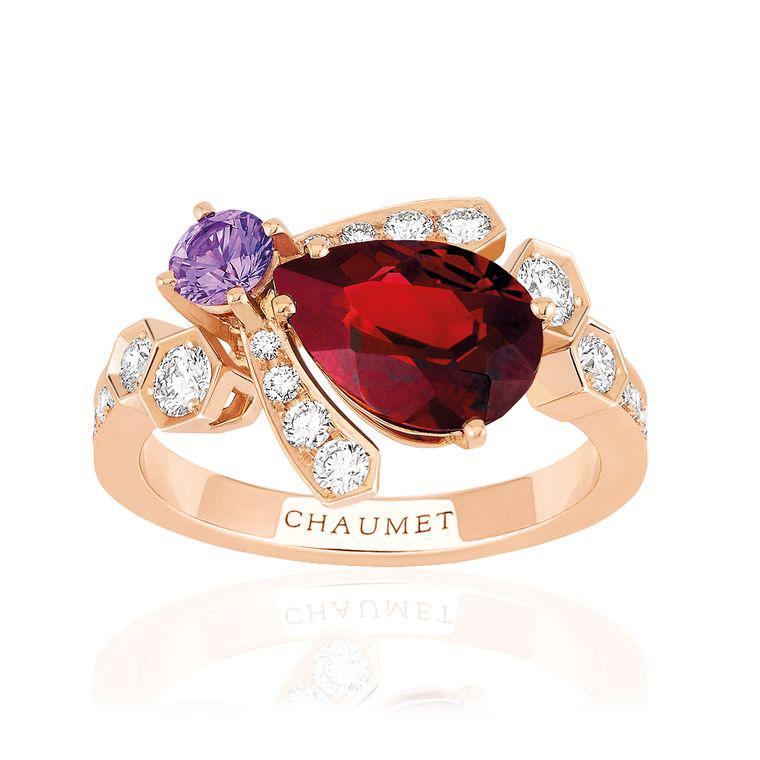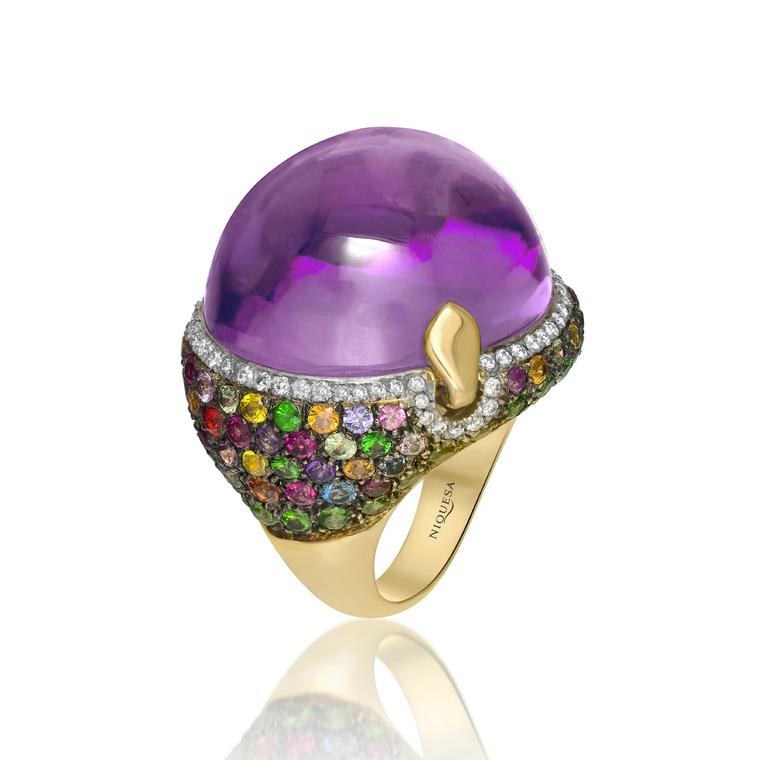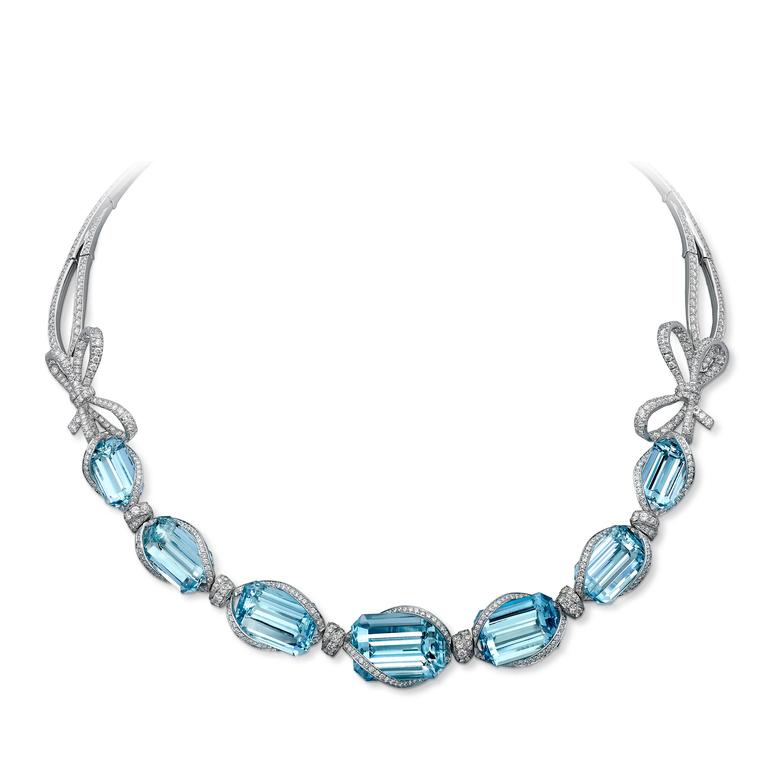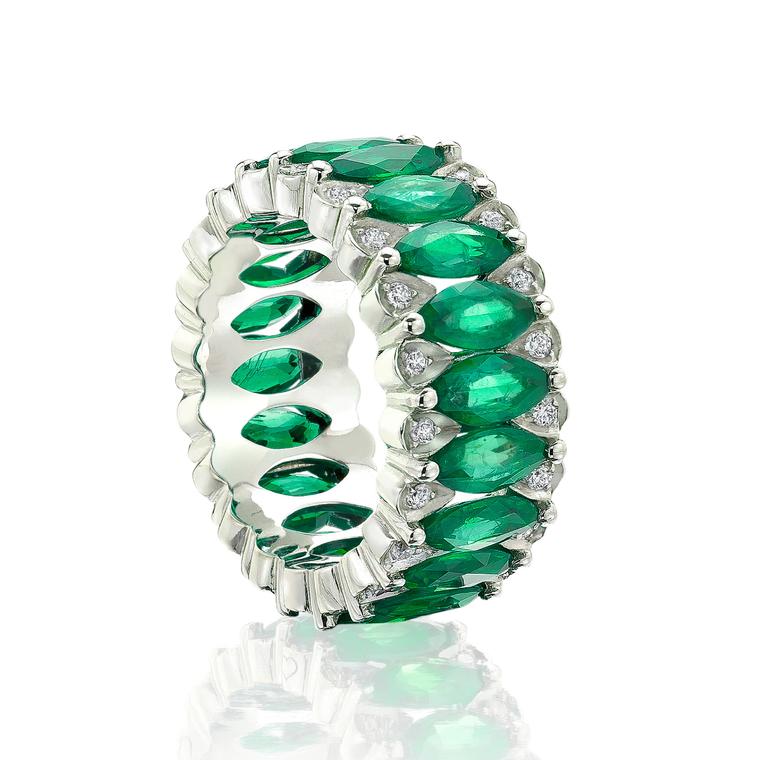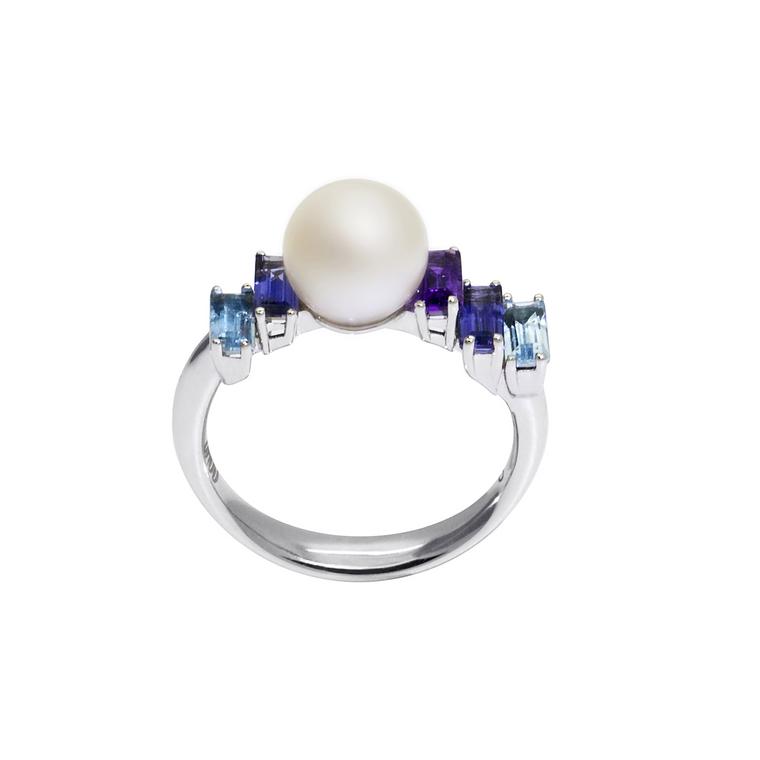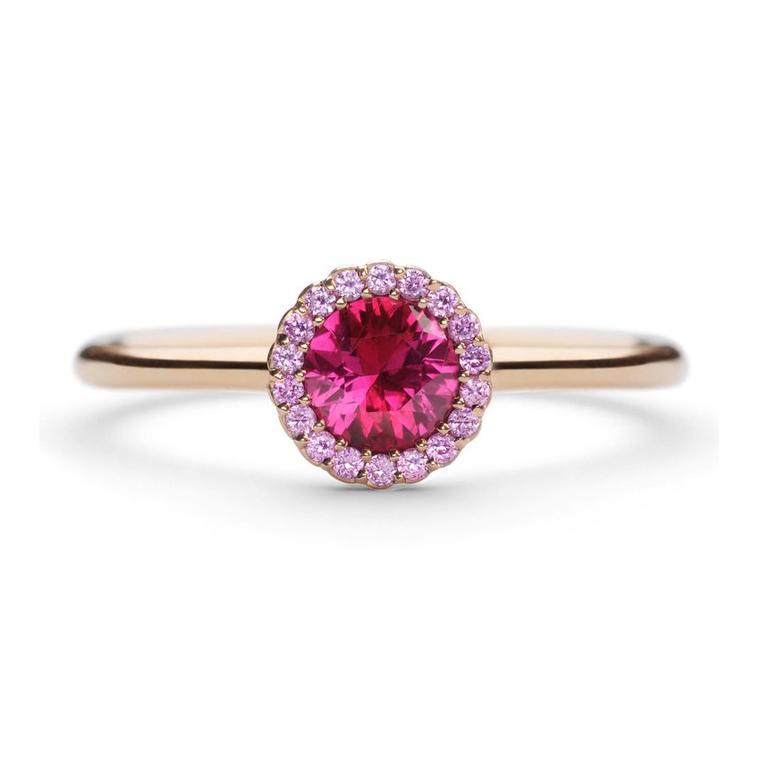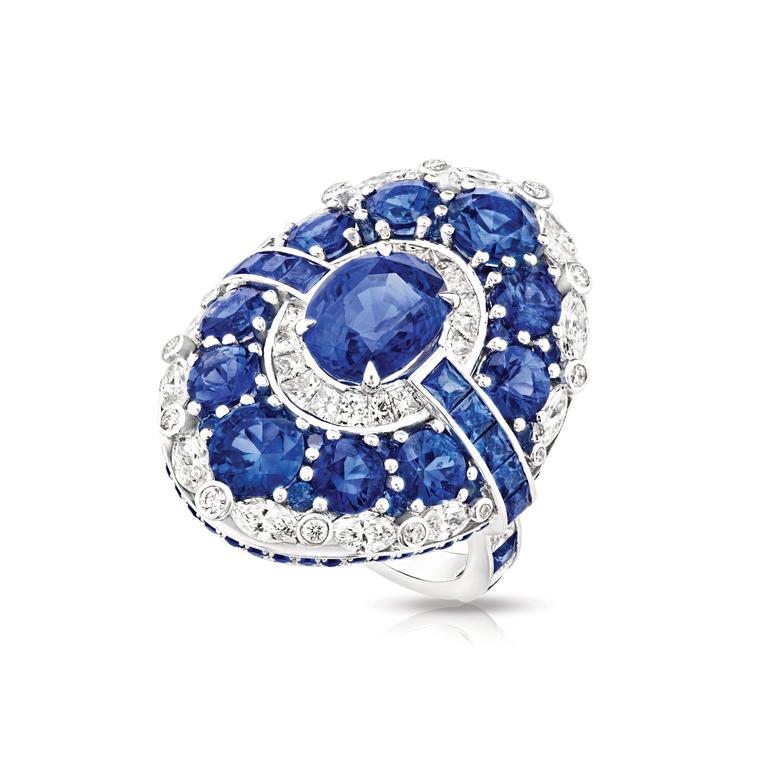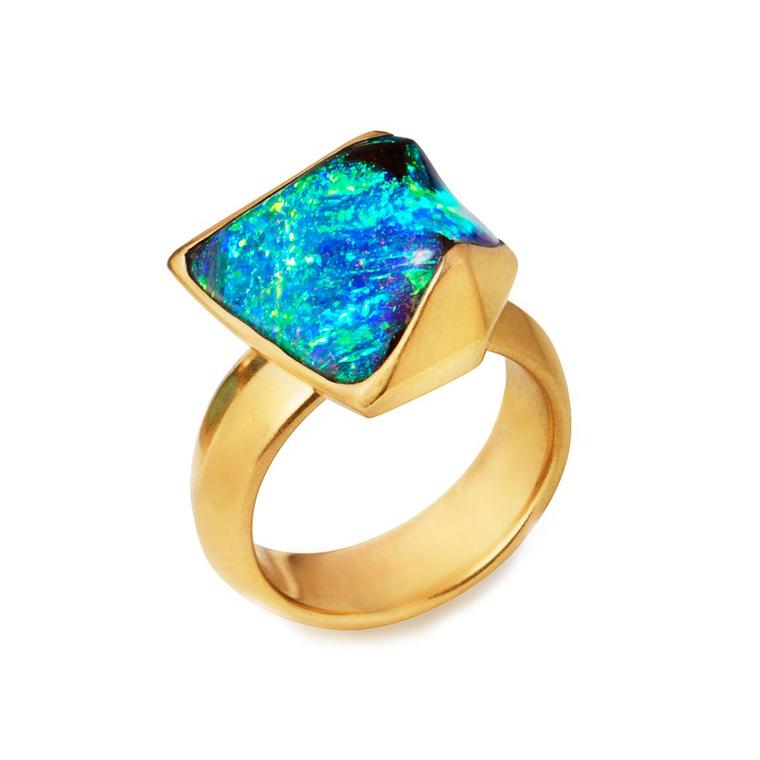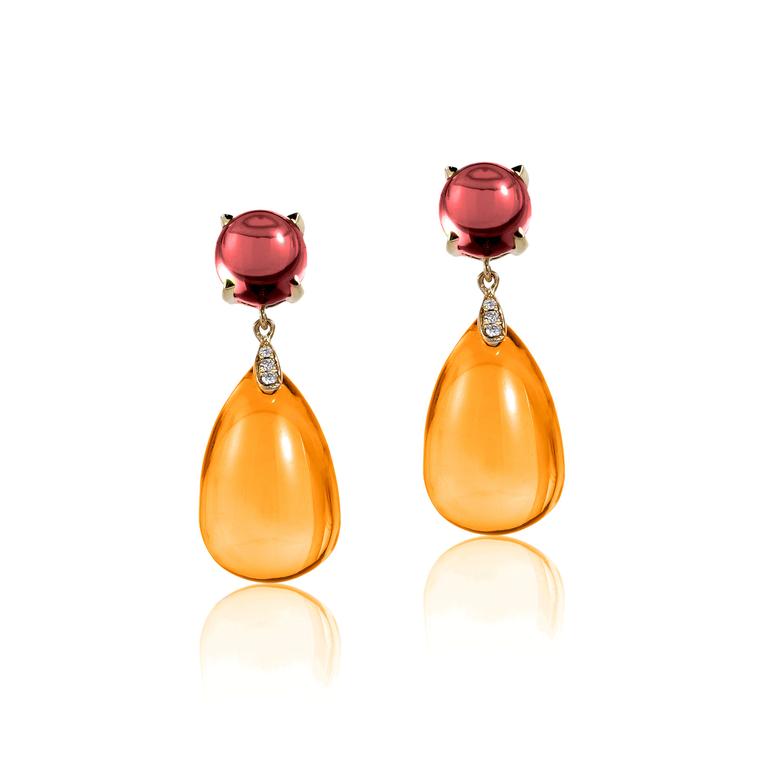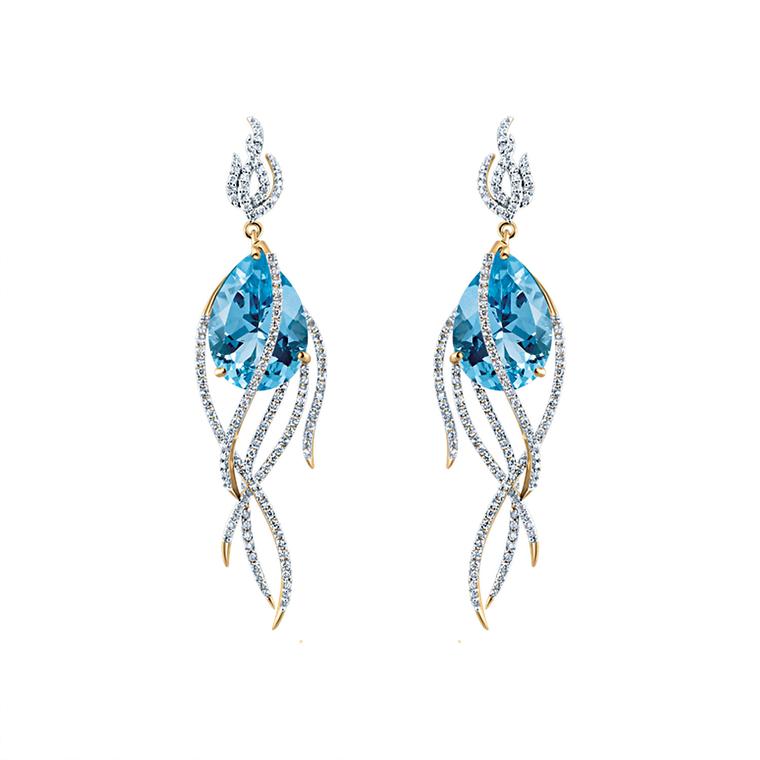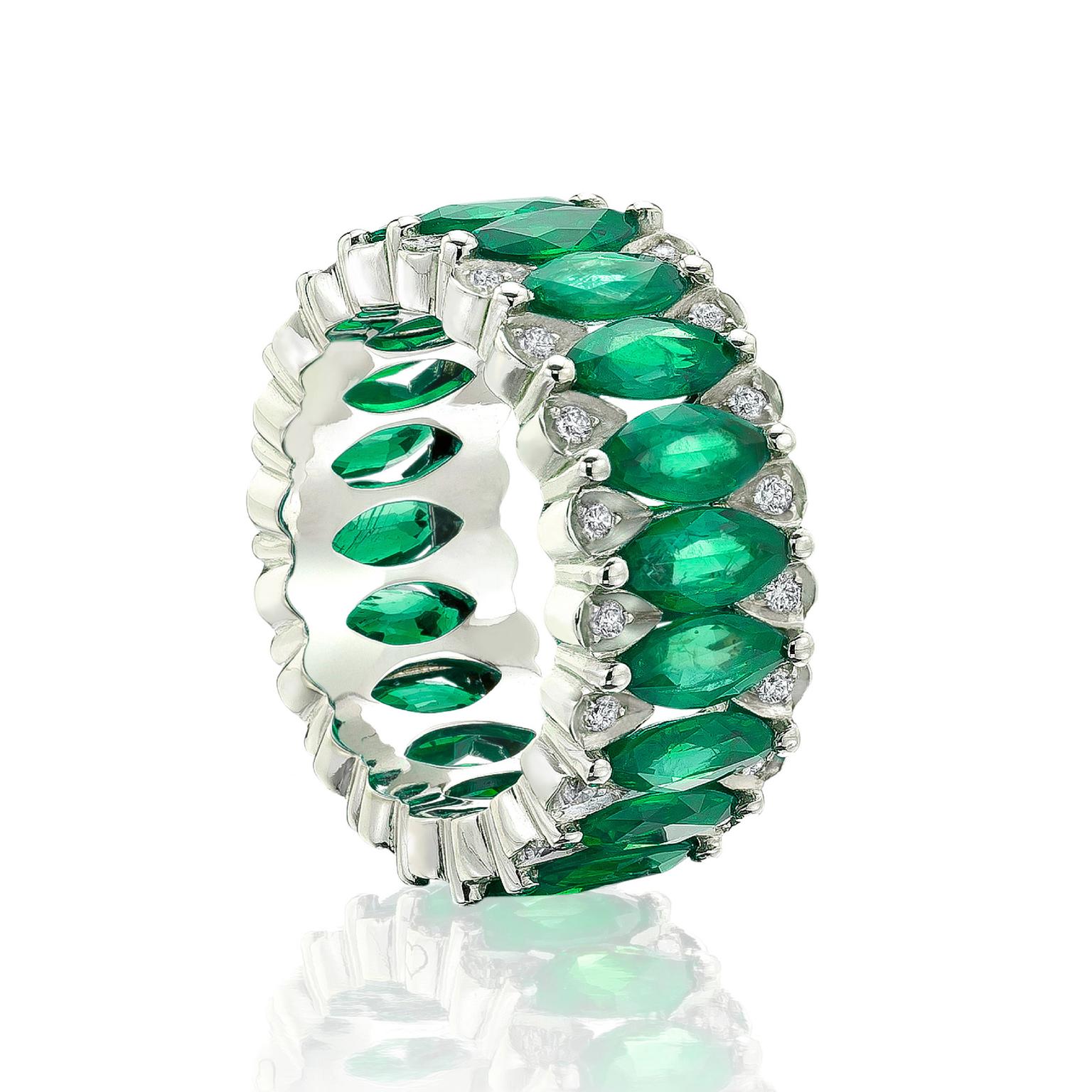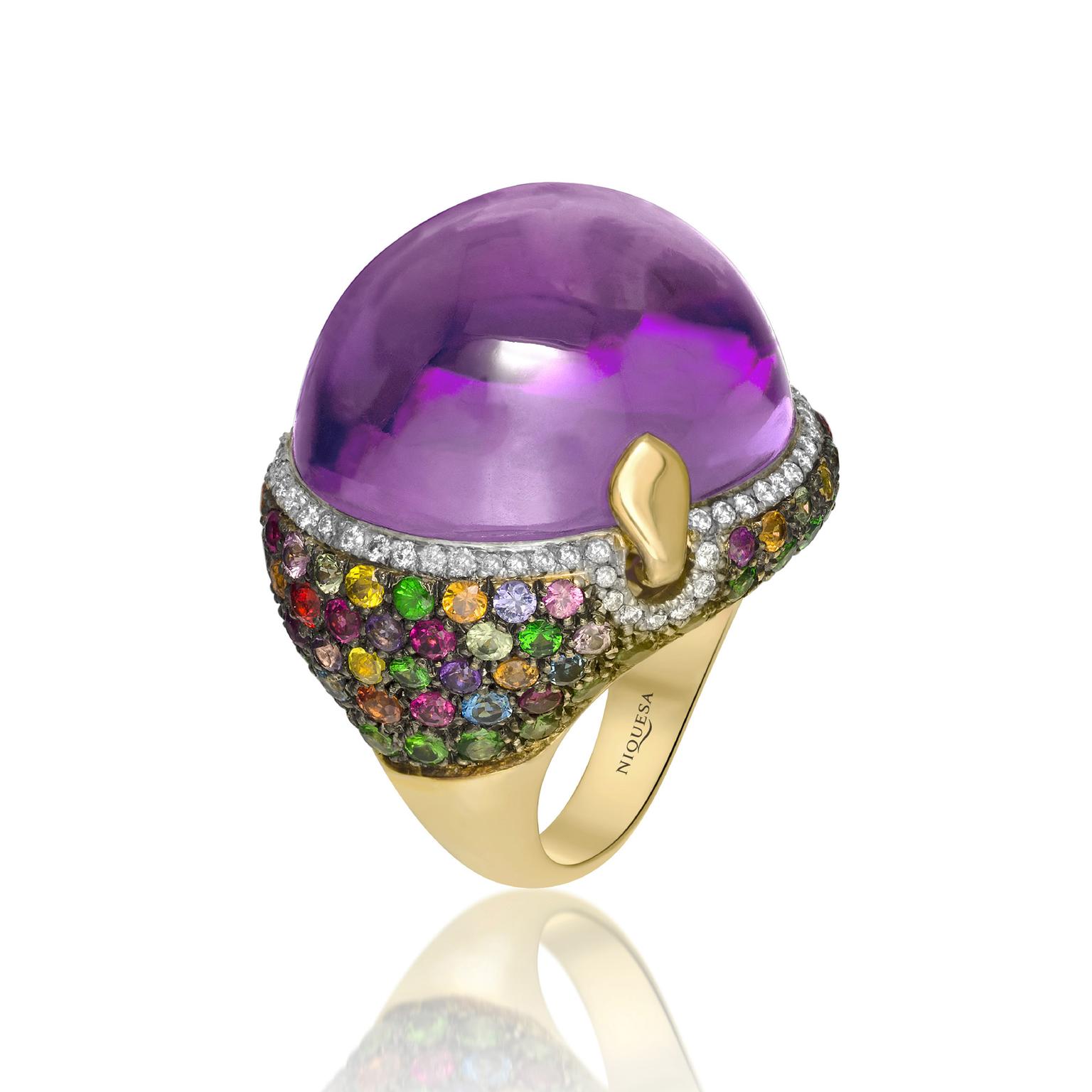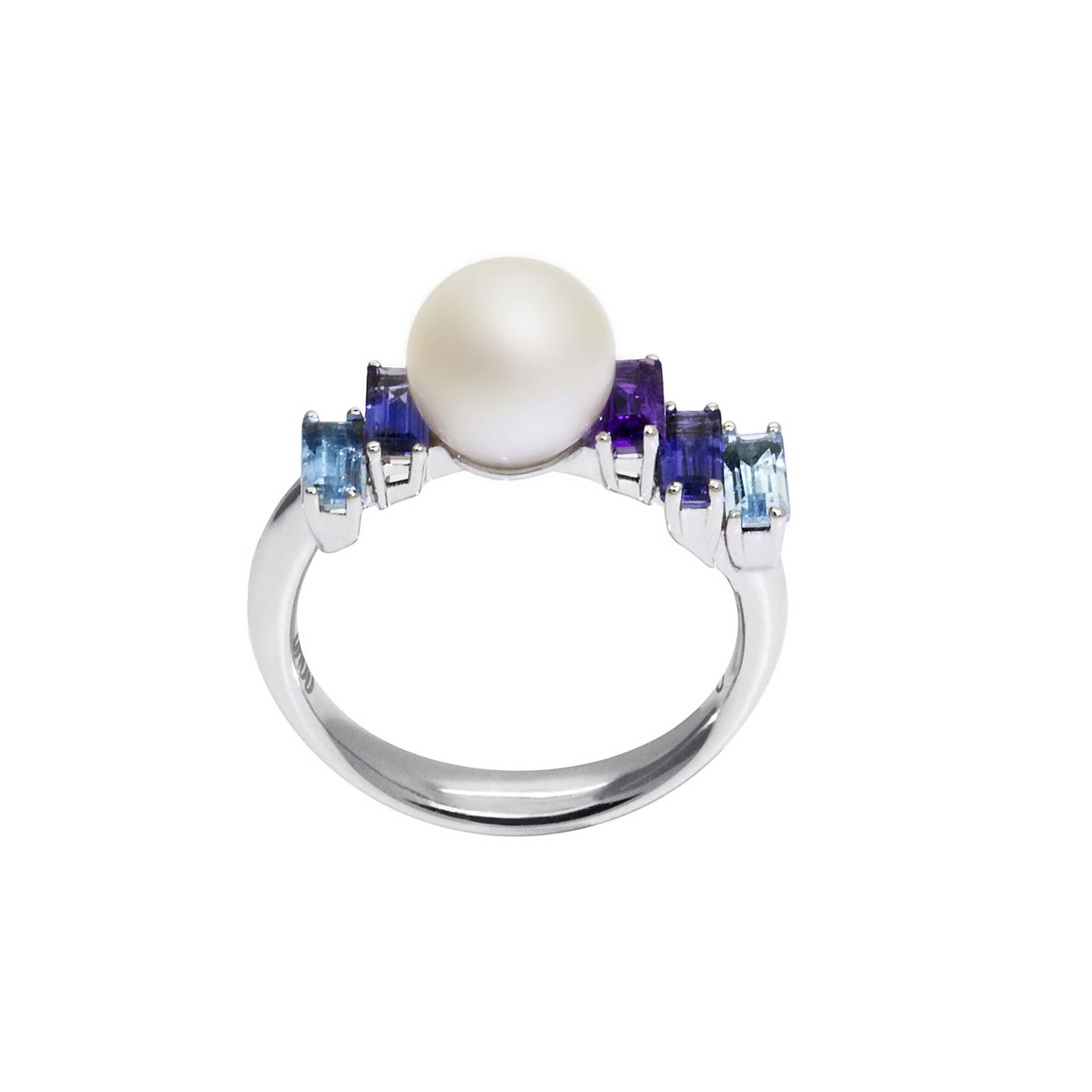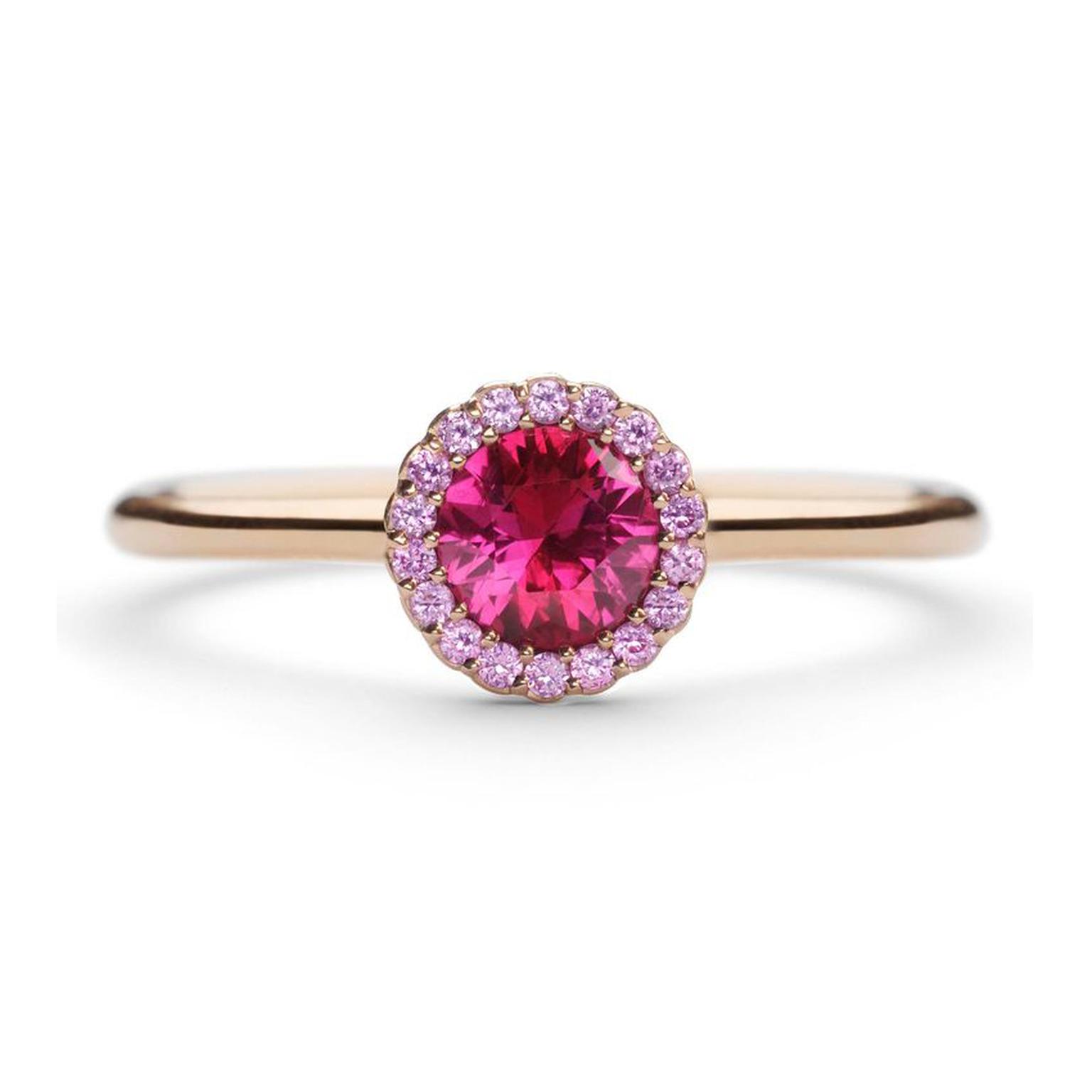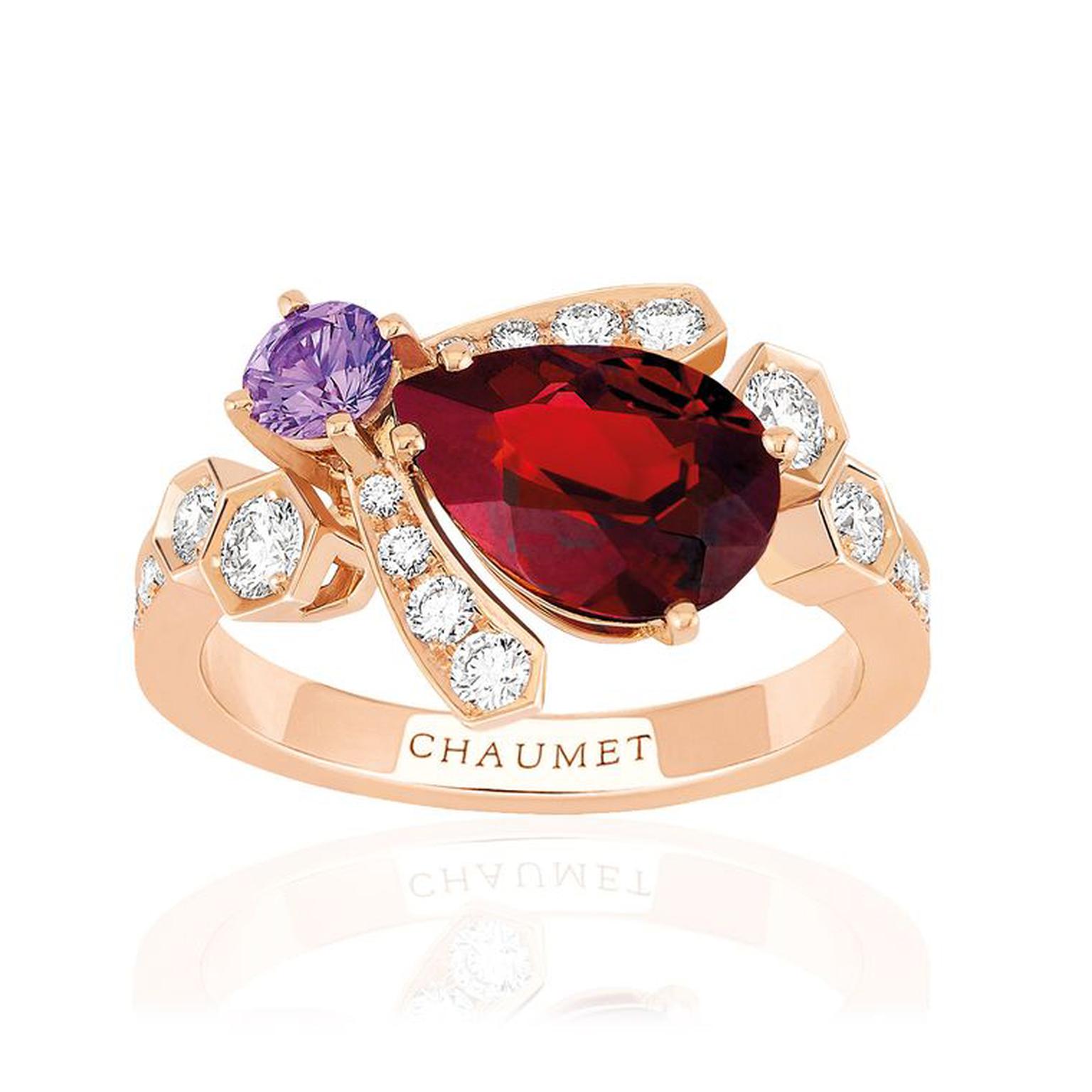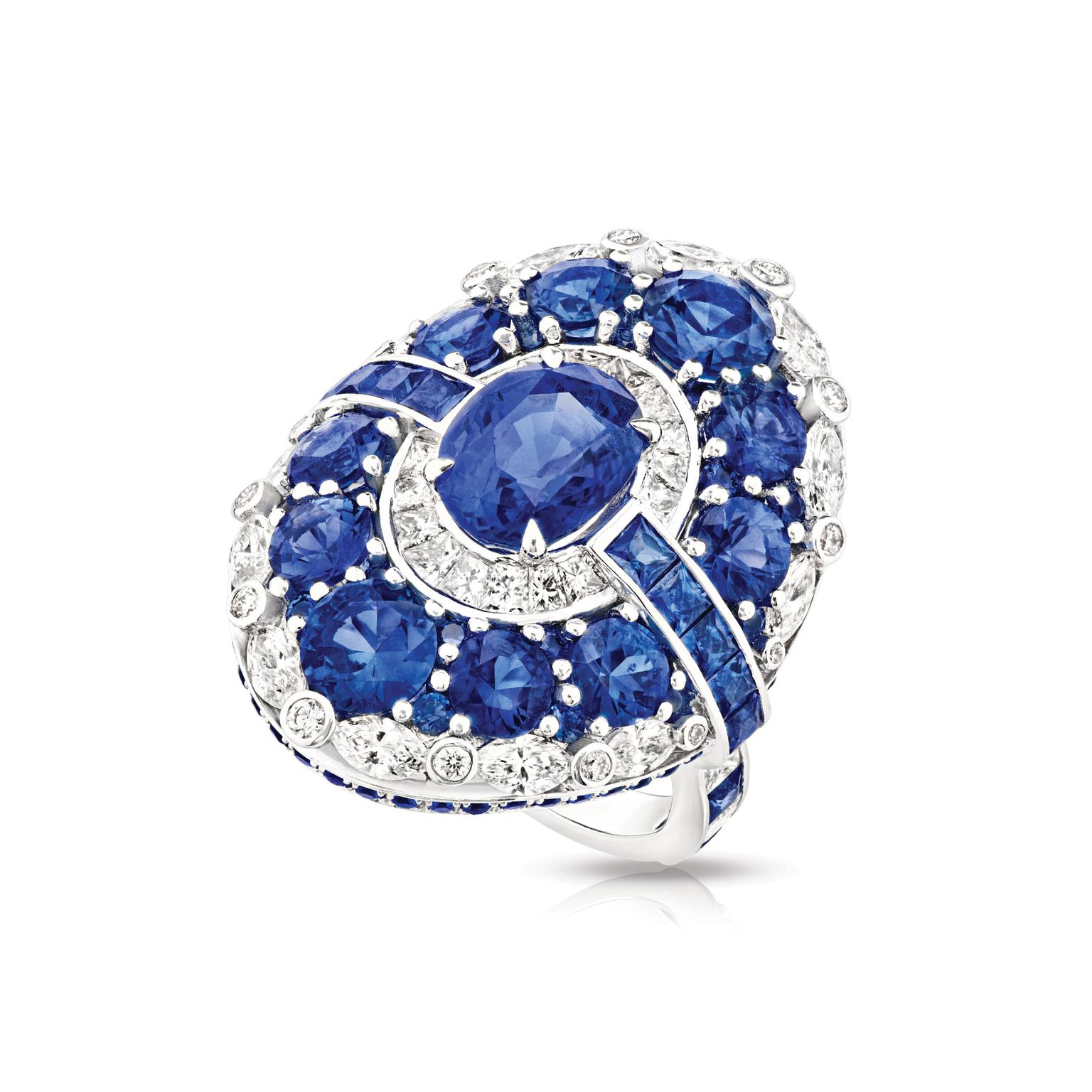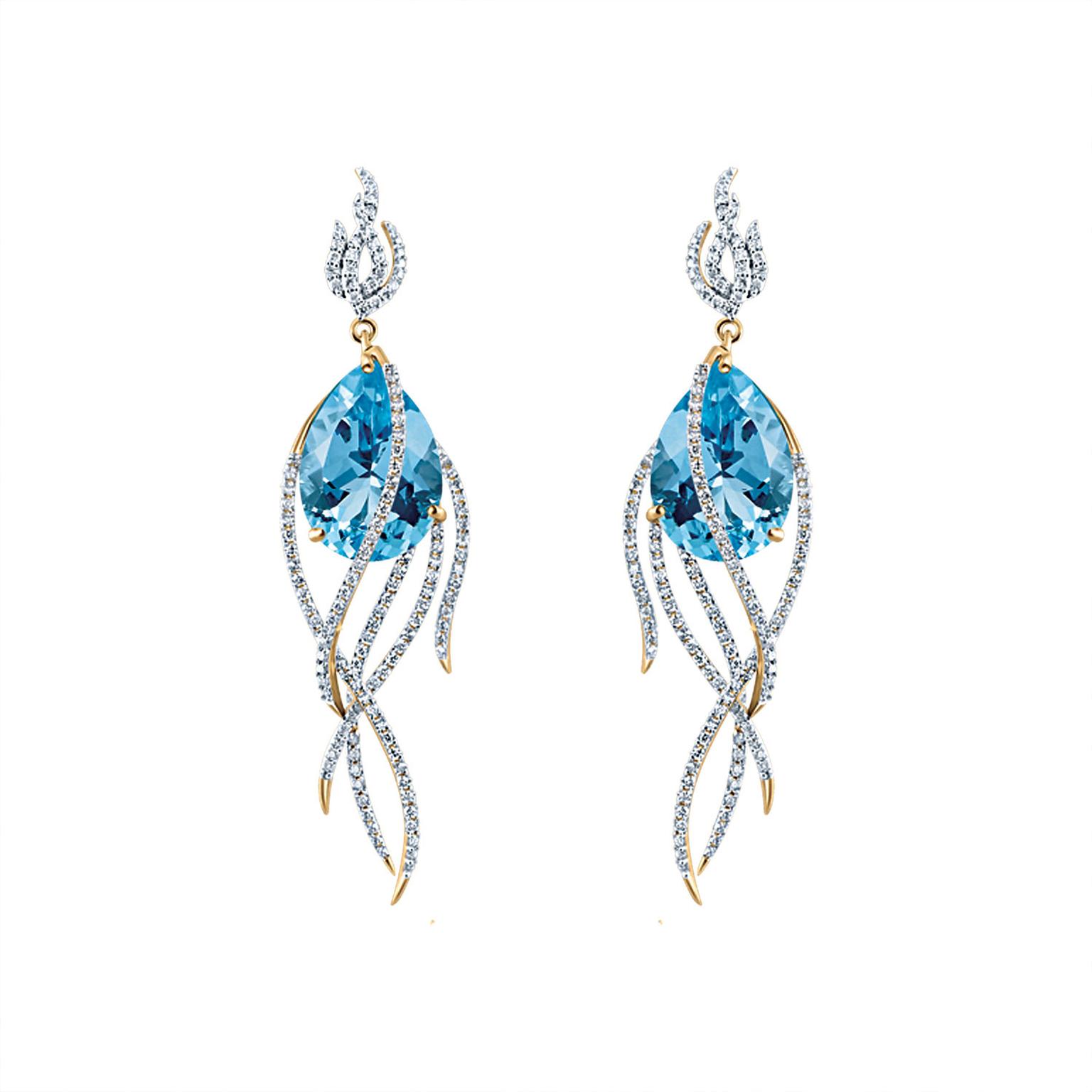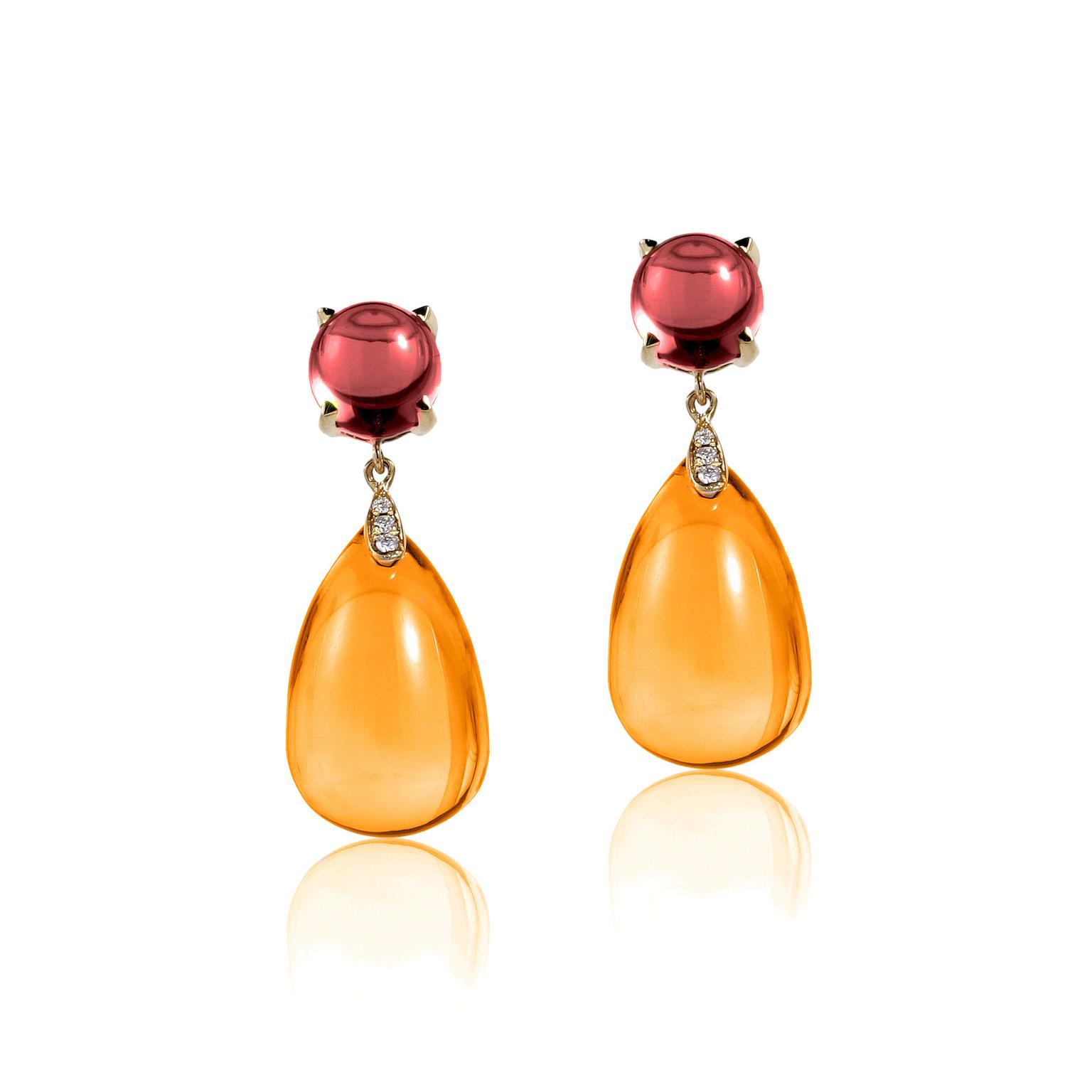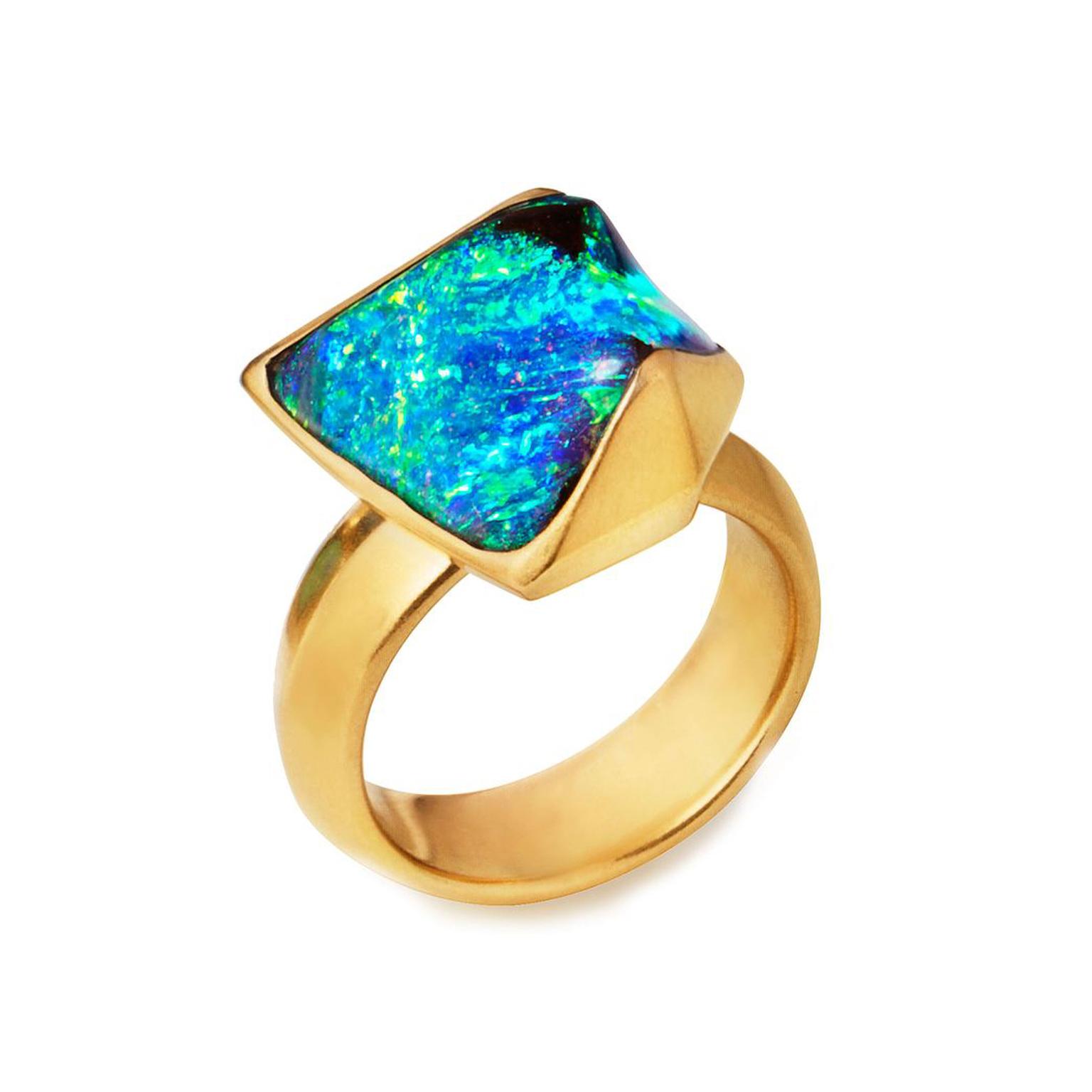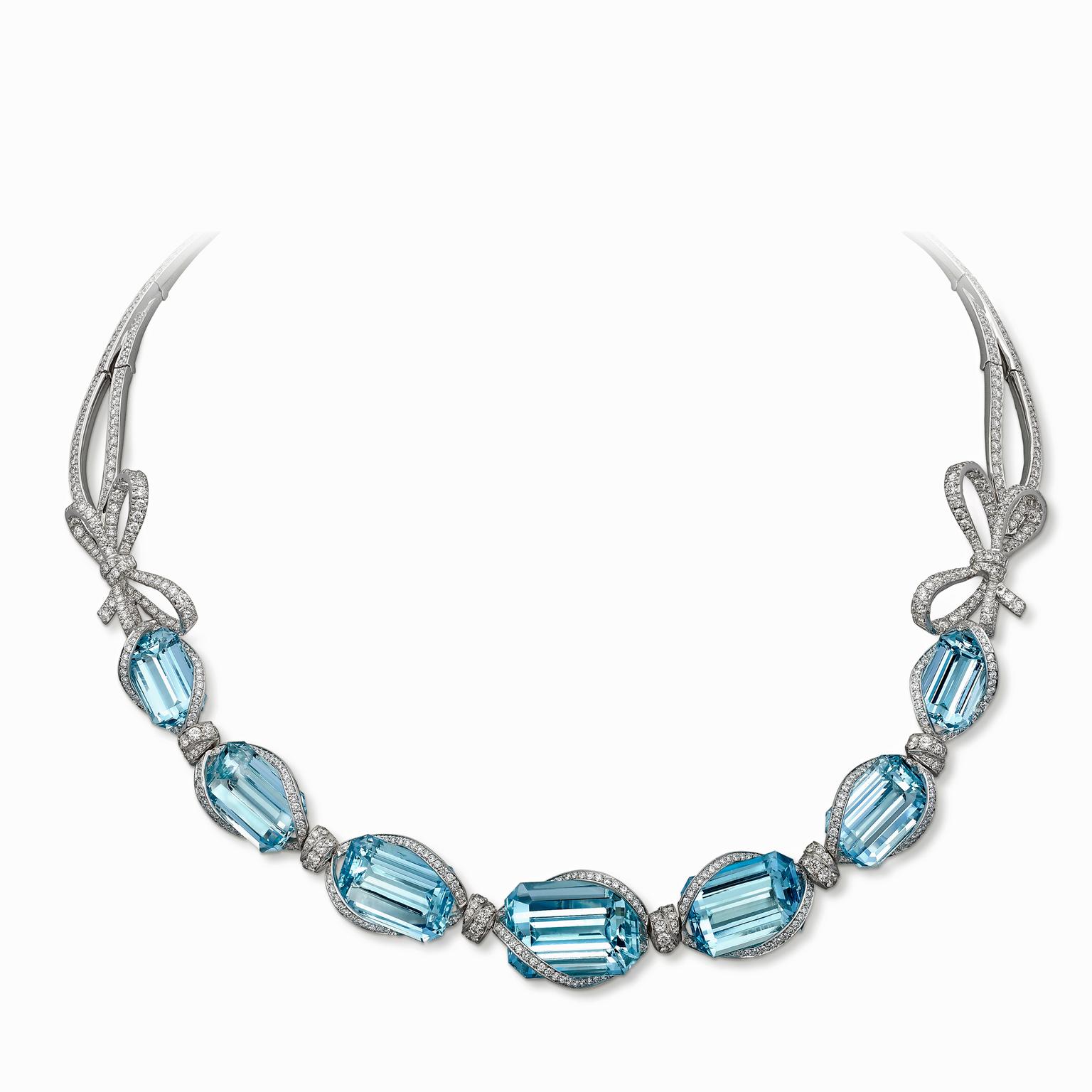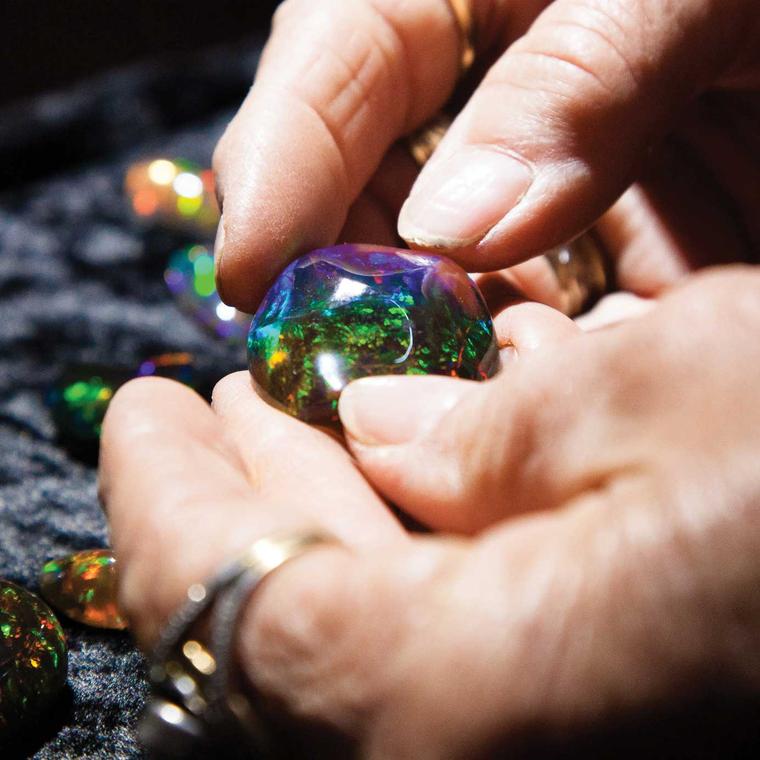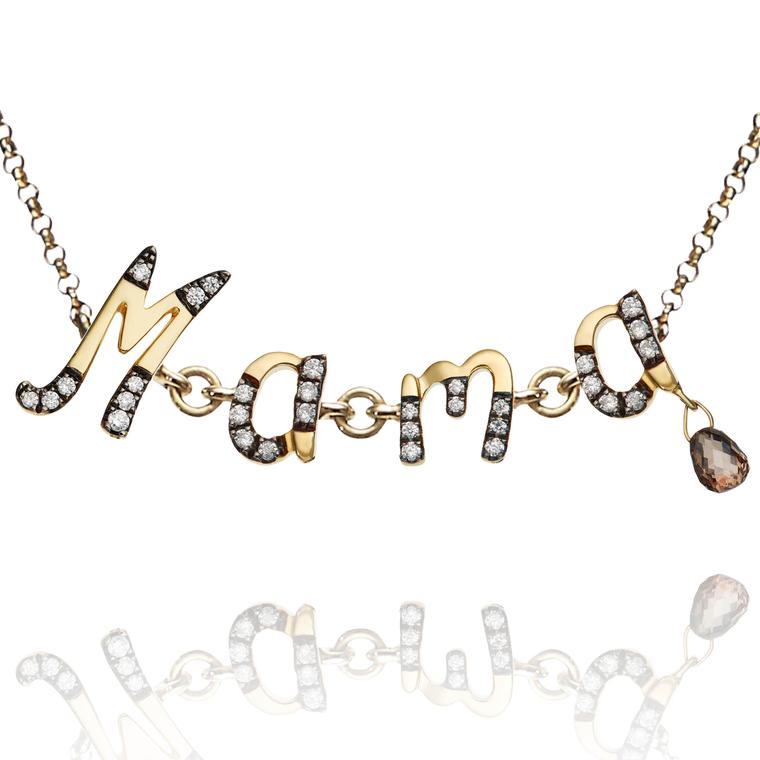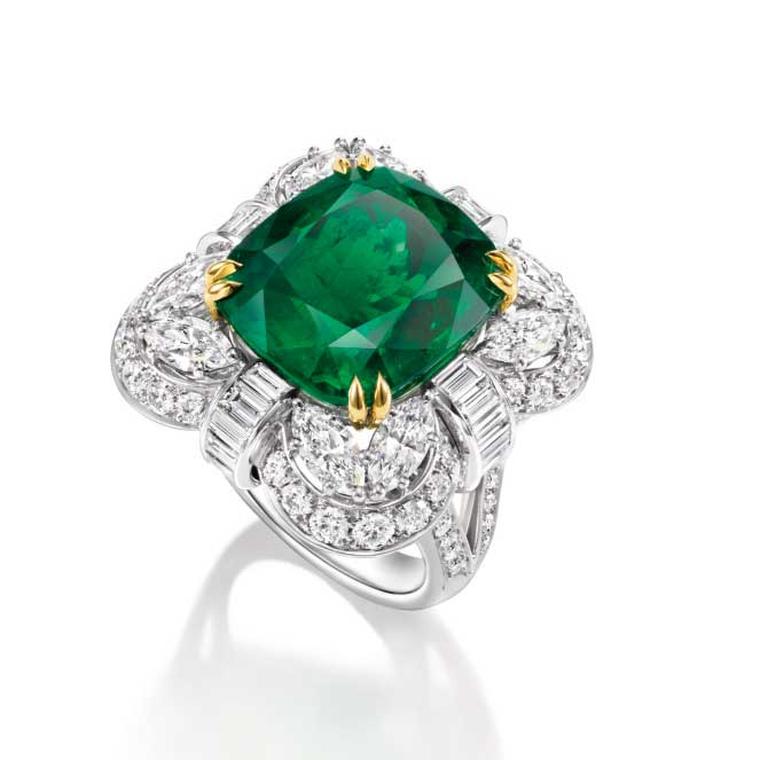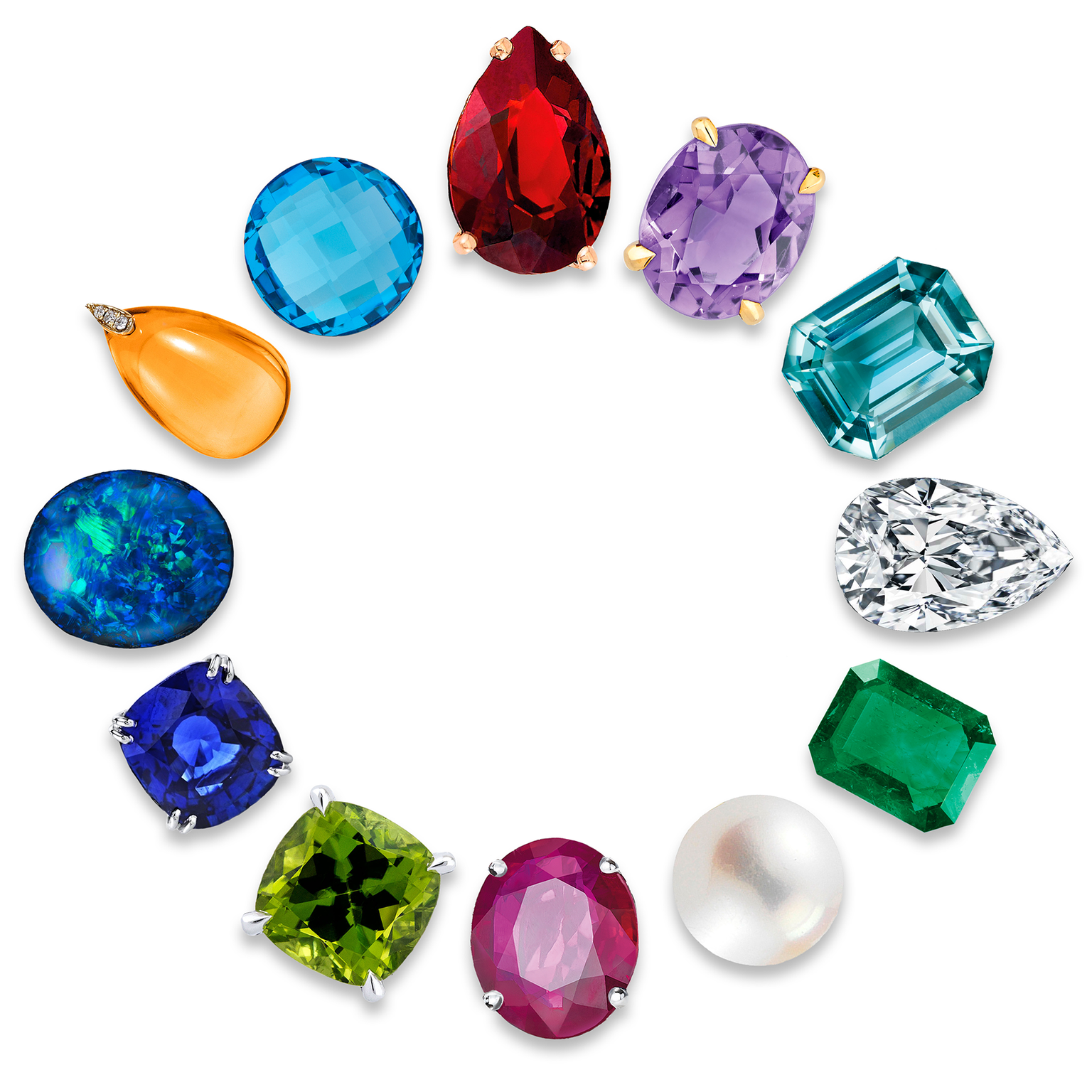
The idea of birthstones dates back to ancient times when the Greeks, Egyptians, Romans, Persians and Indians all assigned different gemstones to each month of the year. According to the stories behind birthstones, legend has it that wearing a gemstone during its assigned month boosts its healing and therapeutic powers.
Birthstones are a fantastic way to add a special meaning to jewellery and make great gifts to mark a birthday, anniversary, graduation or other memorable occasion.
The birthstone system we use today originates from the biblical system created around 40 AD. Jewish historian Titus Flavius Josephus declared that the 12 stones in Aaron’s breastplate had a special connection to the months of the year and the signs of the Zodiac. In 1912, the National Association of Jewelers in America drew up a list that is still in use today, although there have been a few modifications along the way, most notably in 2002 with the addition of tanzanite as a birthstone for December.
January: garnet
January is a month when many resolve to start afresh with an ambitious set of New Year’s resolutions, so it is apt that its birthstone is believed to increase willpower, energy levels and even self-esteem. The warm burgundy colour may seem at odds with the cold, often grey, weather that so often accompanies January, but garnet’s healing properties include reducing body toxins, easing depression and stimulating the metabolism - just what many of us need after an over-indulgent Christmas.
February: amethyst
With its relaxing lavender hue it makes sense that February’s birthstone signifies peace, serenity and temperance. It is also believed to help with withdrawals from alcohol and drugs, as well as preventing drunkenness, reliving arthritic pain and curing insomnia. Historically, the finest quality amethyst was found in Russia and, at one time, only royals were allowed to wear the gem. Known as the Royal Stone, amethyst is found in royal collections all over the world from ancient Egypt to the British Crown Jewels.
March: aquamarine
Part of the same beryl family as emerald, aquamarine is commonly associated with good health, love, youthfulness and hope. With a colour that is reminiscent of calm blue waters, the gem is also believed to offer protection to sailors. Aquamarine means “water of the sea” and, according to the stories behind birthstones, aquamarines were hidden inside mermaids’ jewellery boxes before being washed ashore.
April: diamond
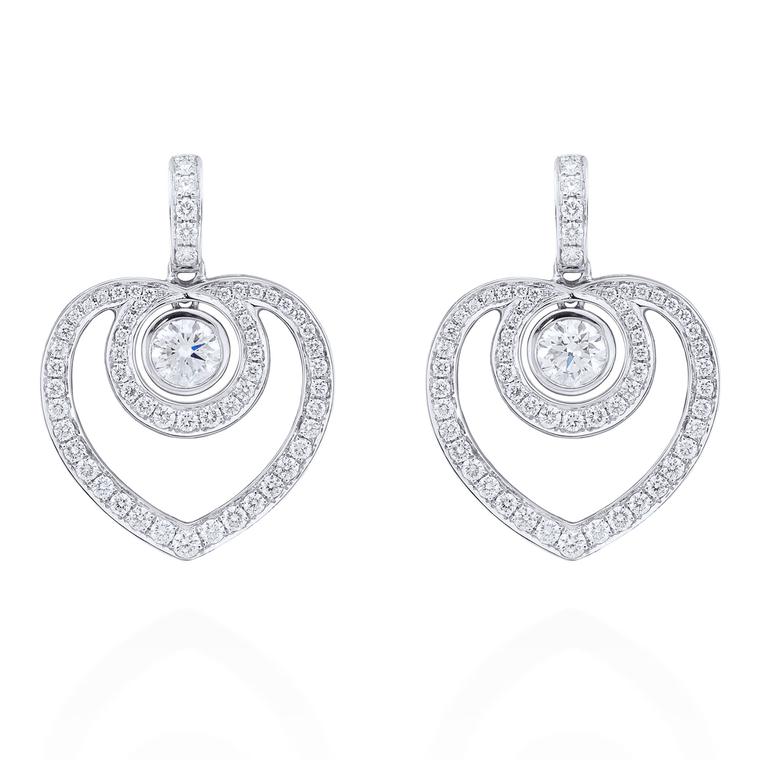
Lucky April babies have the most desired gemstone of them all. With a name derived from the Greek word adamas, meaning invincible, diamonds symbolise affection, strength, eternity and ever-lasting love. It is the most popular gem for an engagement ring, and a jewel iced with a white diamond is a gift that will be treasured forever. An added benefit for those who believe in healing crystals is the diamond’s ability to boost intellectual powers and cure insanity.
May: emerald
Usually found in Zambia, Brazil, Colombia and Afghanistan, emeralds signify rebirth and are said to bestow the wearer with youth, vitality and good fortune. The vibrant green emerald was Cleopatra’s favourite gemstone and it was also beloved by Elizabeth Taylor who played the Egyptian Queen in the epic 1963 movie. The name emerald is derived from the Greek word smaragdus, meaning green, the perfect colour to herald the arrival of nature’s bounty in May.
June: pearl (moonstone, alexandrite)
The creamy white pearl has long been a symbol for innocence, purity and chastity, as well as being associated with loyalty, faithfulness and friendship. The most classic of gems, pearls are surprisingly versatile and look equally beguiling strung onto a simple pearl necklace or set into a more contemporary piece. According to Greek mythology, pearls were the tears of the Gods, while an ancient Arab legend recounts how pearls were created when dewdrops filled with moonlight fell into the ocean. The other two official birthstones for June are moonstone and alexandrite.
July: ruby
This fiery coloured stone was called the “king of gems” by ancient Hindus and has long been associated with royalty and wealth. Rubies are also seen as symbols of love and passion, so it’s hardly surprising that they are a popular choice for coloured gemstone engagement rings. Second only to diamonds in terms of their natural hardness and strength, the most sought after rubies come from Burma and have a deep red colour that is referred to as “Pigeon’s blood”.
August: peridot (sardonyx)
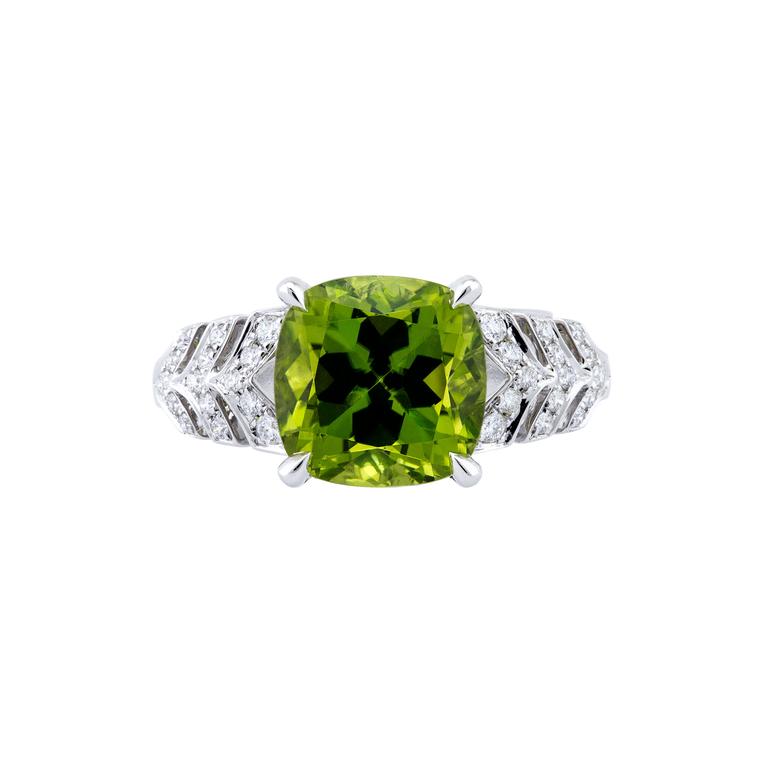
With its mesmerising lime green colour, peridot formed deep within the earth before being brought to the surface by volcanic eruptions. According to ancient legend, the green peridot crystals found in the volcanic ashes represented the tears of Pele - the Hawaiian Goddess of volcanoes, fire, lightning and wind. Its bright colour led the Egyptians to nickname the stone “the gem of the sun” in the belief that its inner glow allowed miners to locate it even after nightfall. The second birthstone for August is sardonyx, a form of onyx, which has coloured bands of red and white.
September: sapphire
Signifying faith and purity, sapphires are believed to offer the wearer protection from envy and harm. In medieval times, members of the clergy wore sapphires as a symbol of holiness to attract heavenly blessings. Sapphire is a form of corundum, which is the second hardest mineral after diamond, making it an extremely hardwearing and durable gem. While blue is the most popular colour, it comes in a multitude of hues from white, yellow and green, to pink, purple and orange.
October: opal (tourmaline)
Opal is the original birthstone for October and the gem has long been coveted for its kaleidoscopic flashes of radiant colours. With a name derived from the Greek word opalus, meaning “to see a change in colour”, the stone’s chameleonic properties saw ancient cultures declare it to be magical. The Romans believed that opals brought good fortune, while Arab cultures thought the gems fell from the heavens in flashes of lightning. Ranging in colour from cool to warm, there are many varieties of opals, including Mexican fire opals, rainbow-hued Australian Boulder opals, and alluring black opals. More recently, tourmaline has also become an official birthstone for October.
November: citrine (topaz)
Citrine is a type of quartz that ranges in colour from the palest pastel yellow to dark, brownish orange. Known as “the healing quartz”, citrine is believed to promote health, hope and energy in the wearer, as well as help to alleviate depression. The name citrine refers to the gem’s citrus-like hue, which is caused by traces of iron in its structure. When set into a piece of jewellery, citrine brings a ray of sunshine to dull autumn days. The second birthstone for November is topaz - a semi-precious gemstone that is commonly mined in Brazil.
December: blue topaz (tanzanite, turquoise, blue zircon)
This is another month with three gems on the modern birthstone list, all from the blue colour spectrum. Blue topaz is available in many different shades, from pale sky blue to the deeper indigo of London topaz. A versatile stone, whose hardness makes it resistant to scratches, topaz can be cut into a variety of shapes to enhance its clarity and brilliance. The other two November birthstones are turquoise, which as the name suggests, first arrived in Europe via Turkey, and tanzanite, a more recent gemstone, discovered in 1967.


